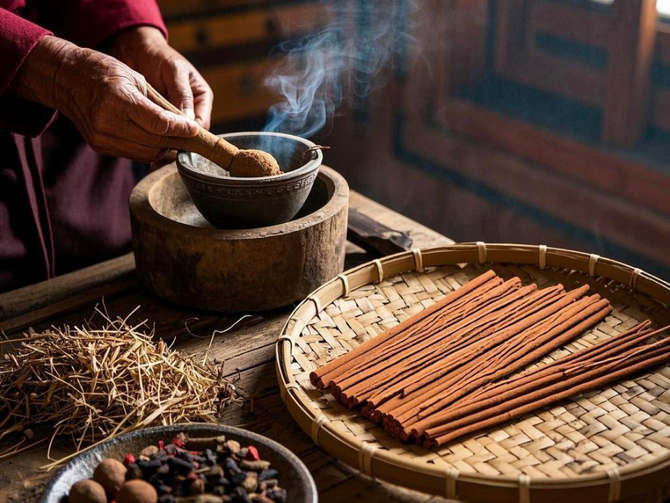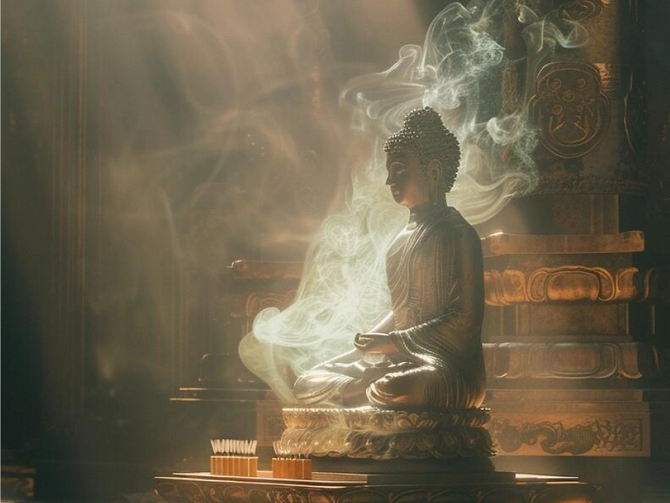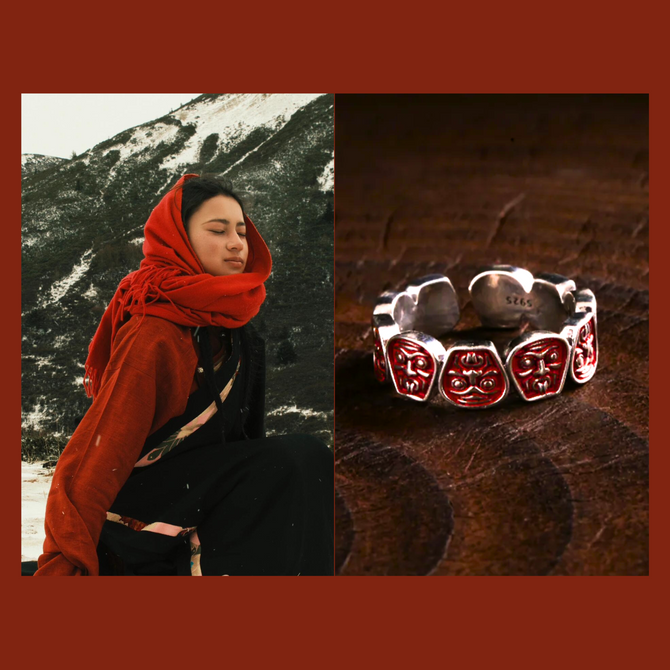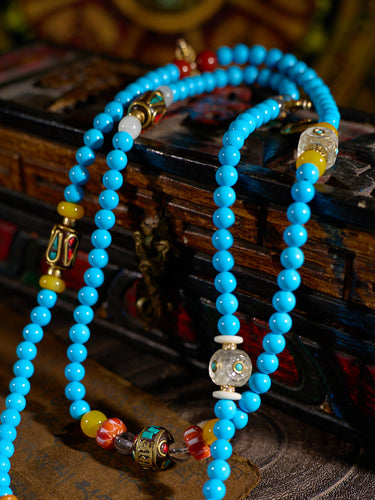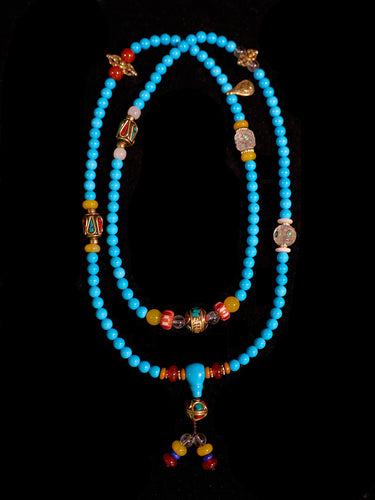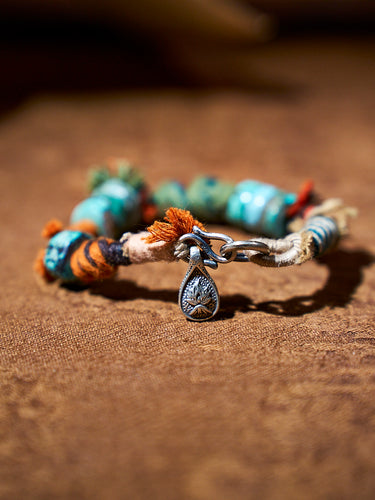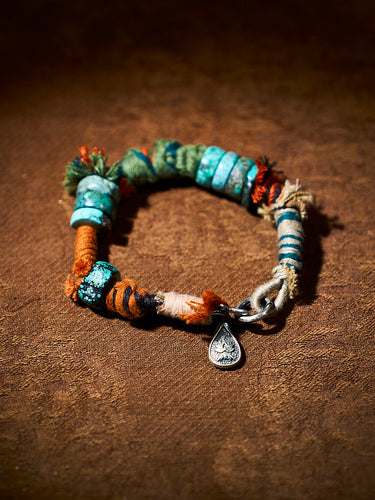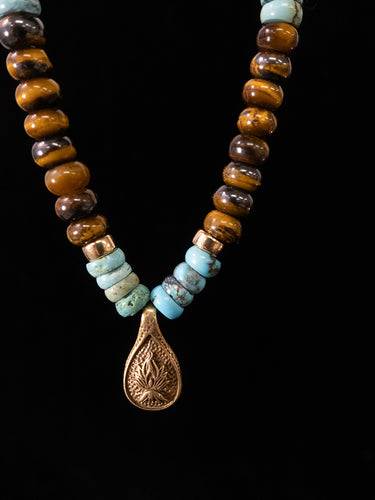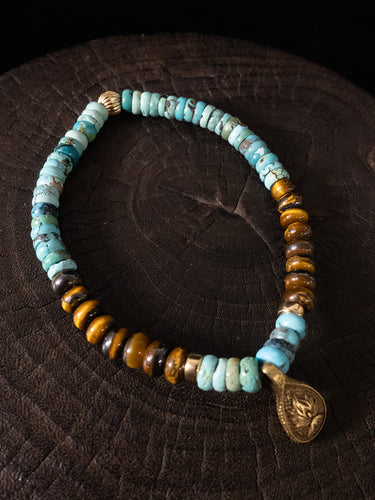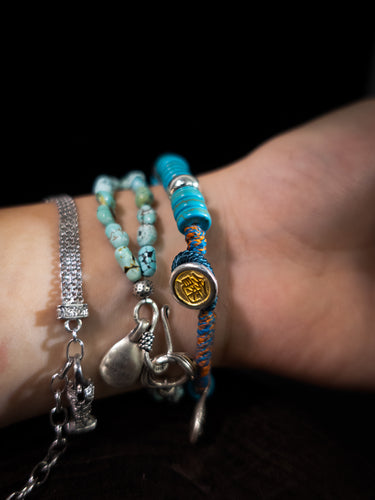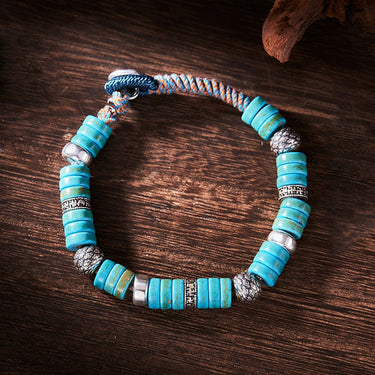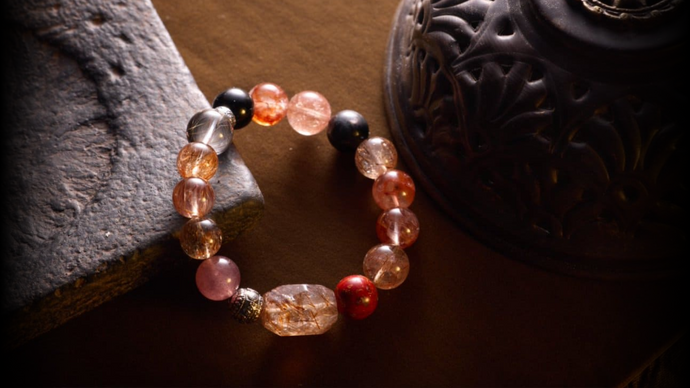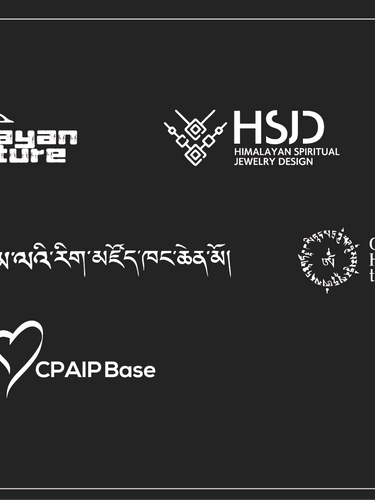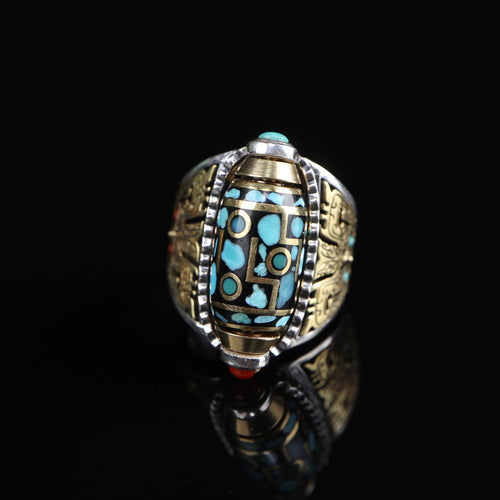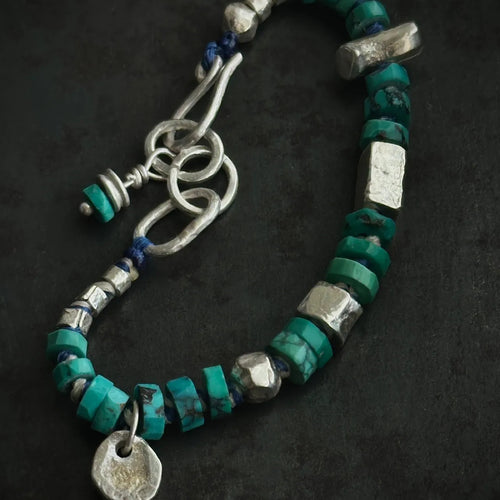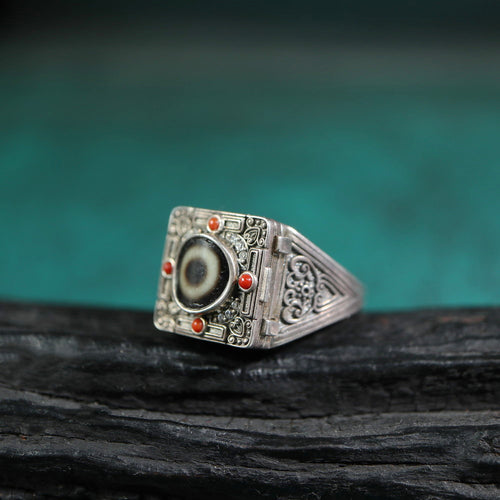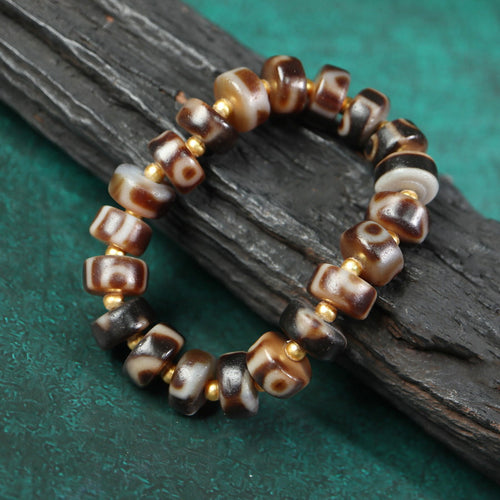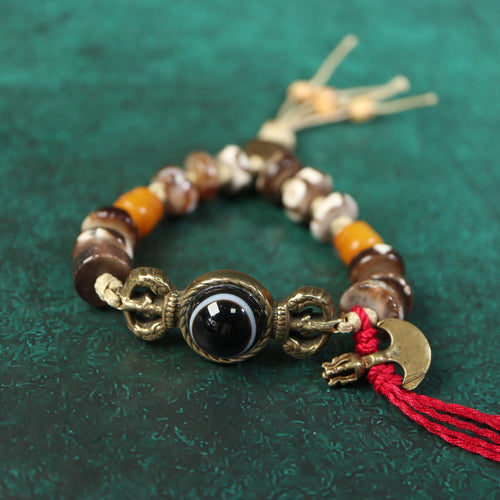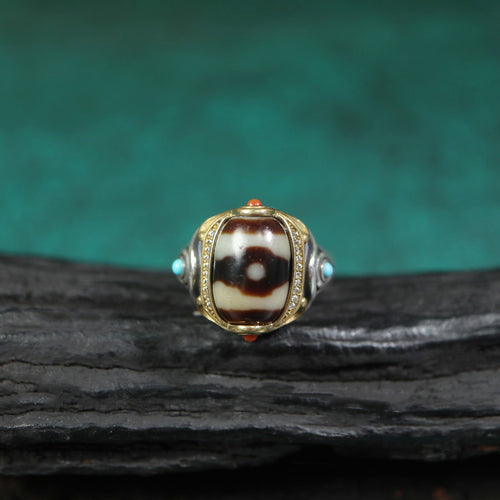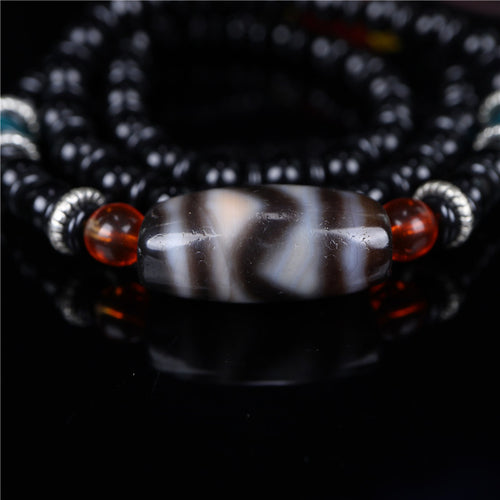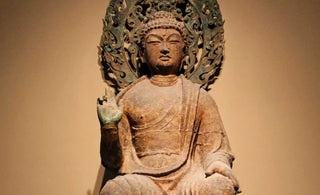
In the realm of classical Oriental art, certain masterpieces stand as testaments to the enduring beauty that transcends time. Among these, the Tang Dynasty Stone Buddha with Backrest emerges as an exquisite embodiment of grace, serenity, and artistic prowess. As we delve into the details of this timeless masterpiece, we unravel the intricacies that make it a captivating symbol of Oriental aesthetics.
Unveiling the Elegance of the Tang Dynasty Stone Buddha
The Tang Dynasty Stone Buddha with Backrest is a captivating masterpiece that unveils the elegance and artistic brilliance of one of China's most revered periods. This remarkable sculpture, originating from the Tang Dynasty (618-907 AD), stands as a testament to the rich cultural heritage and profound beauty of classical oriental art. At Oriental Aesthetics, we take great pride in presenting the story of the Tang Dynasty Stone Buddha with Backrest, an embodiment of architectural grandeur and historical significance. The Tang Dynasty Stone Buddha with Backrest is a prime example of the exquisite craftsmanship and attention to detail characteristic of the Tang Dynasty. This masterpiece, carved from stone, showcases the remarkable artistic skills and technical prowess of the era's craftsmen. Standing tall and majestic, the sculpture emanates a sense of serenity and grace, inviting viewers to immerse themselves in its timeless beauty.
Architecturally, the Tang Dynasty Stone Buddha with Backrest is a marvel of design and ingenuity. The stone has been intricately carved to depict a seated Buddha, adorned with ornate robes and a distinctive backrest. The proportions and balance of the sculpture demonstrate the mastery of form and structure, creating a harmonious composition that captivates the eye. The backrest of the Buddha is a unique feature that sets this sculpture apart. It serves as a support and symbolizes the Buddha's enlightened wisdom and compassionate teachings. The intricate patterns and motifs adorning the backrest reflect the artistic style of the Tang Dynasty, showcasing the era's penchant for elaborate and detailed ornamentation.
The stone carving techniques employed in the creation of the Tang Dynasty Stone Buddha with Backrest are truly exceptional. The craftsmen skillfully chiseled and polished the stone to bring out the finest details, such as the delicate facial features, the flowing robes, and the intricate patterns on the backrest. The precision and artistry displayed in these carvings are a testament to the dedication and mastery of the Tang Dynasty artisans. The cultural and historical significance of the Tang Dynasty Stone Buddha with Backrest cannot be overstated. It represents a period of great artistic flourishing and spiritual devotion in Chinese history. The Tang Dynasty was known for its openness to foreign influences and its vibrant cultural exchange, which is evident in the fusion of different artistic styles and motifs found in this sculpture. The Tang Dynasty Stone Buddha with Backrest also embodies the Buddhist philosophy of compassion and enlightenment. Its serene expression and dignified posture convey a sense of inner peace and transcendence, inspiring viewers to reflect on the deeper meanings of life and the pursuit of spiritual enlightenment.
Timeless Beauty: Symbolism in Stone Buddha
The Stone Buddha, a mesmerizing sculpture of profound beauty, transcends time and culture with its rich symbolism and spiritual significance. Carved from stone, this masterpiece embodies the essence of classical oriental art, inviting viewers to immerse themselves in its timeless allure. Delving into the symbolism of the Stone Buddha, we uncover layers of meaning that resonate across generations and cultures, making it a truly universal work of art. At first glance, the Stone Buddha's serene countenance radiates a sense of tranquility and inner peace. The closed eyes and gentle smile convey a state of profound meditation and enlightenment. This portrayal serves as a reminder of the Buddhist teachings of mindfulness and self-discovery, encouraging viewers to embark on their own spiritual journeys.
The posture of the Stone Buddha further enhances its symbolic significance. Whether depicted in a seated or standing position, the Buddha's posture reflects balance and stability. This physical equilibrium symbolizes the harmonious integration of body, mind, and spirit—an embodiment of inner peace and enlightenment. Hand gestures, known as mudras, also play a vital role in the symbolism of the Stone Buddha. Each mudra carries a specific meaning and represents different aspects of Buddhist philosophy. For example, the Dhyana mudra, with the hands resting on the lap and the thumbs gently touching, signifies meditation and inner focus. The Abhaya mudra, with the right hand raised and the palm facing outward, represents fearlessness and protection.
The Stone Buddha's attire and adornments hold symbolic value as well. The flowing robes, meticulously carved with intricate patterns, symbolize the impermanence and transience of material existence. They serve as a reminder to detach from worldly attachments and seek spiritual liberation. In addition, the Stone Buddha often wears a crown or headdress, adorned with jewels or a serene expression. The crown symbolizes the Buddha's awakened nature and spiritual authority, while the jewels represent the precious qualities of wisdom, compassion, and enlightenment. The lotus flower, a recurring motif in the Stone Buddha, carries deep symbolism in Buddhist philosophy. Growing in muddy waters and rising above the surface to bloom in pristine beauty, the lotus represents the attainment of enlightenment amidst the challenges and suffering of the world. Depicting the Buddha seated on a lotus throne signifies his transcendence of worldly attachments and his ability to guide others towards spiritual awakening.
Beyond the symbolic elements, the Stone Buddha serves as a source of inspiration and contemplation. Its timeless beauty and serene presence invite viewers to reflect on the deeper questions of life, the nature of existence, and the pursuit of inner peace. The sculpture's ability to evoke a sense of awe and reverence transcends cultural boundaries, making it a universal symbol of spiritual aspiration and human connection.
Backrest of the Buddha: A Unique Element
The inclusion of a backrest in this sculpture is a distinctive feature that sets it apart. The intricately carved backrest not only provides structural support but also adds a layer of complexity to the overall design. It symbolizes the Buddha's unwavering strength and support, inviting contemplation on the symbiotic relationship between spiritual resilience and physical stability.
In conclusion, the Tang Dynasty Stone Buddha with Backrest stands as a testament to the timeless beauty embedded in Oriental art. Its historical significance, artistic mastery, and profound symbolism make it a jewel in the crown of classical masterpieces. As we gaze upon this sculpture, we are not merely witnessing an artifact but immersing ourselves in a visual symphony that transcends temporal boundaries.


